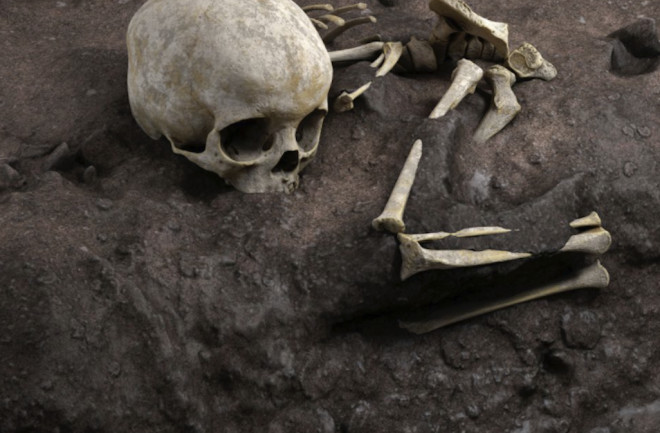This story was originally published in our January/February 2022 issue. Click here to subscribe to read more stories like this one.
Africa’s Earliest Human Burial Comes to Light
A 78,000-year-old fossil found on Kenya’s coast suggests that our ancestors interred the deceased with care.
By Bridget Alex
Jan 5, 2022 9:30 PMJan 7, 2022 7:17 PM

(Credit: Elena Santos and Jorge González)
Newsletter
Sign up for our email newsletter for the latest science news
0 free articles left
Want More? Get unlimited access for as low as $1.99/month
Stay Curious
Sign up for our weekly newsletter and unlock one more article for free.
View our Privacy Policy
Want more?
Keep reading for as low as $1.99!
Already a subscriber?
Find my Subscription
More From Discover
Stay Curious
Subscribe
To The Magazine
Save up to 40% off the cover price when you subscribe to Discover magazine.
Copyright © 2025 LabX Media Group
